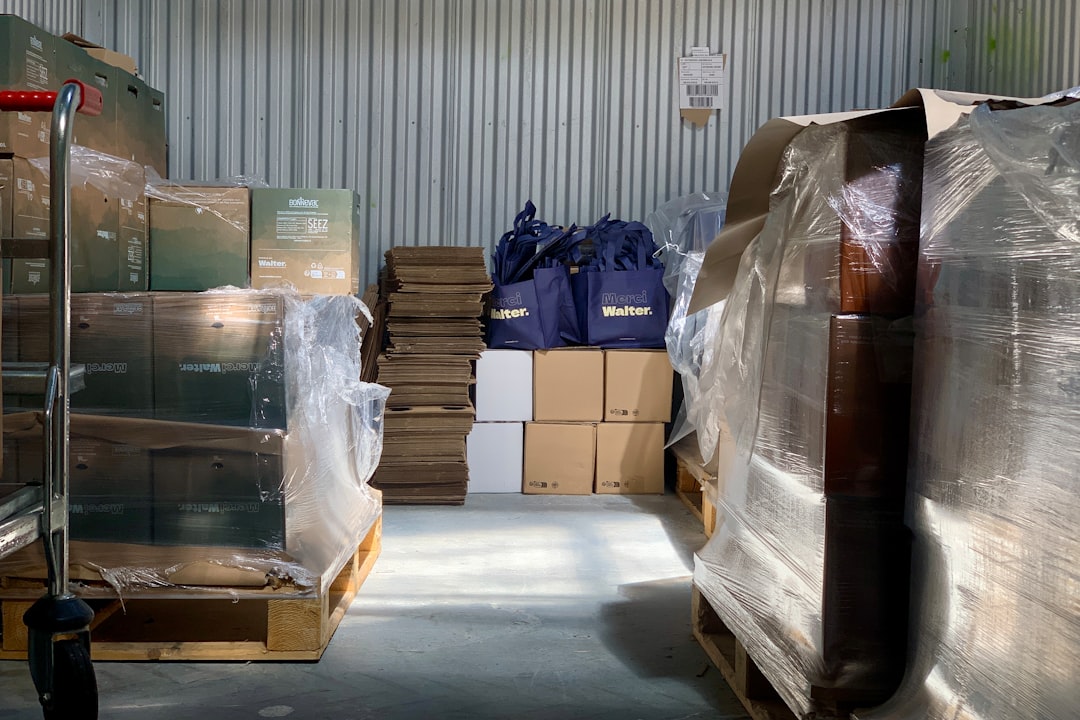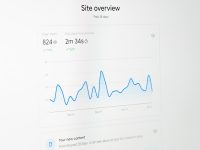Efficient shipping and fulfillment are crucial pillars of any successful eCommerce business. As the digital marketplace becomes more competitive, customers expect faster delivery, real-time tracking, and seamless returns. To meet these expectations, many online retailers are turning to smart eCommerce tools that simplify and streamline the complex logistics involved in managing shipments and order fulfillment.
These tools provide automation, integration, and real-time updates, enabling businesses to eliminate manual errors, reduce transit times, and improve the customer experience. With powerful eCommerce platforms, companies can gain a significant competitive advantage in today’s fast-paced market.
Benefits of Using eCommerce Tools for Shipping and Fulfillment
eCommerce tools offer a wide range of functionalities that help manage logistics more effectively. Here are several ways these tools support shipping and fulfillment operations:
- Automation of Repetitive Tasks: eCommerce tools can automatically generate shipping labels, assign carriers based on rates and delivery times, and update tracking information without manual intervention.
- Multi-Carrier Integration: Businesses can connect with multiple shipping carriers, compare real-time rates, and choose the most cost-effective or fastest shipping option for each order.
- Inventory Management: Proper fulfillment starts with visibility into inventory. eCommerce tools integrate inventory tracking to prevent overselling and keep stock counts accurate.
- Centralized Dashboard: Users can manage orders, print shipping labels, and monitor delivery progress through a single platform, facilitating easier management of warehousing and logistics.
- Returns Processing: Simplifying the return process is essential for customer satisfaction. eCommerce tools help track returns, restock inventory, and process refunds efficiently.

Real-Time Tracking and Communication
Keeping both sellers and customers informed is critical. Most eCommerce solutions feature real-time shipping updates and automatic customer notifications. Buyers receive email or SMS alerts about order status, reducing inquiries and improving service quality.
On the backend, store owners can track the location and status of all outgoing shipments, helping to identify delivery issues early and resolve them before they become customer complaints. Integration with GPS and carrier tracking APIs ensures maximum visibility throughout the journey.
Customizing Fulfillment Strategies
Online businesses vary in size and structure, and eCommerce tools allow companies to customize shipping and fulfillment to match their unique requirements. Whether using dropshipping, third-party logistics (3PL), or in-house fulfillment, tools can be configured to accommodate hybrid models.
This flexibility is particularly valuable for businesses scaling their operations or expanding into new regions. Retailers can split orders by warehouse location, implement zone-based pricing, or batch-process orders to increase efficiency.

Cost Optimization Through Data Analytics
Shipping can be one of the most expensive aspects of running an eCommerce business. By leveraging the analytics and reporting features in shipping tools, businesses can review shipping costs, identify trends, and adjust strategies accordingly. This includes evaluating carrier performance, order weight trends, and delivery timeframes.
Over time, optimizing routes and shipping zones, choosing better packaging, and negotiating rates based on shipping volume become more manageable with the insights provided by these tools. In addition, predictive analytics help forecast future demand for better resource allocation and inventory planning.
Seamless Integration with Other Systems
Modern eCommerce solutions don’t operate in isolation. A key benefit of shipping and fulfillment tools is their ability to integrate with shopping cart platforms (like Shopify or WooCommerce), ERPs, and CRM systems. These connections ensure smooth data flow between systems, eliminating data silos and reducing manual entry errors.
As business complexity grows, having a connected ecosystem of tools enables quicker decision-making and proactive issue resolution, ultimately improving the overall efficiency of the fulfillment lifecycle.
Frequently Asked Questions (FAQ)
- Q: What is the difference between shipping and fulfillment?
A: Fulfillment includes the entire process from order receipt to delivery—including picking, packing, and shipping. Shipping refers specifically to the movement of the package from warehouse to customer. - Q: Can small businesses benefit from eCommerce shipping tools?
A: Absolutely. Even small businesses can automate essential tasks, reduce errors, and provide better customer service using affordable eCommerce logistics solutions. - Q: Do eCommerce platforms integrate with multiple carriers?
A: Yes. Many platforms support integrations with major carriers like FedEx, UPS, DHL, and USPS, providing rate comparisons and label printing in one place. - Q: How do shipping tools help during peak sales seasons?
A: They allow bulk processing of orders, automated label generation, and optimized route planning—ensuring faster deliveries even during high-volume periods. - Q: Are customer notifications customizable?
A: Yes. Most tools let businesses tailor the frequency, format, and branding of customer notifications for order confirmation, shipping, and delivery updates.



Leave a Reply